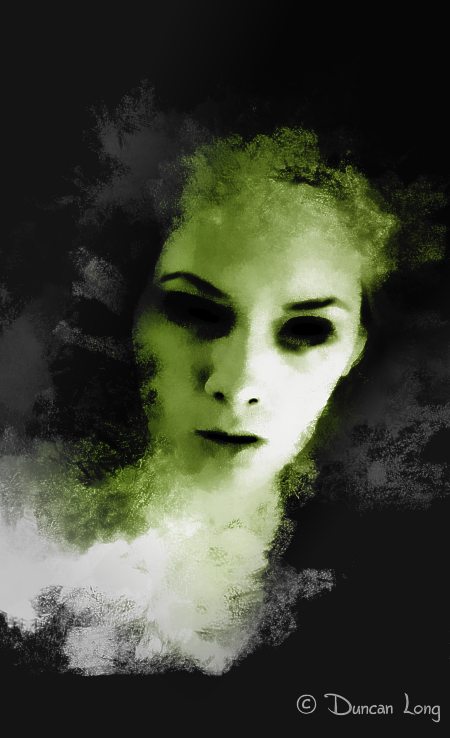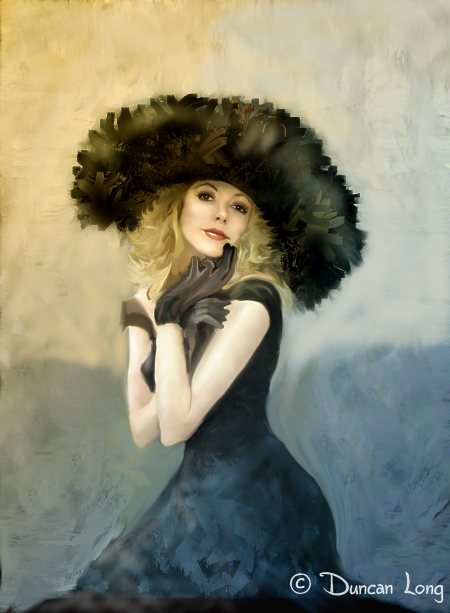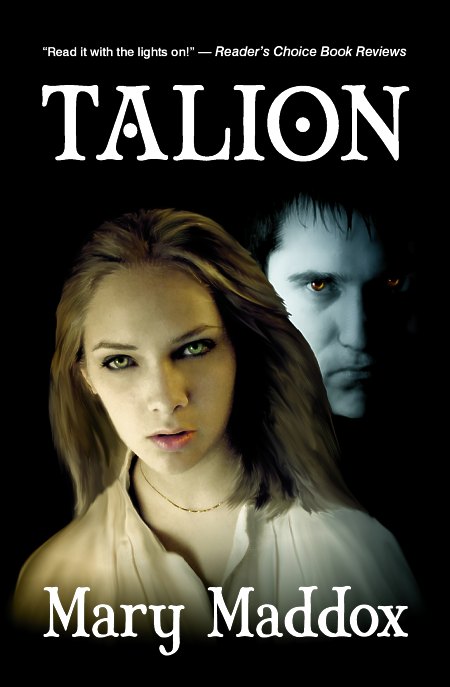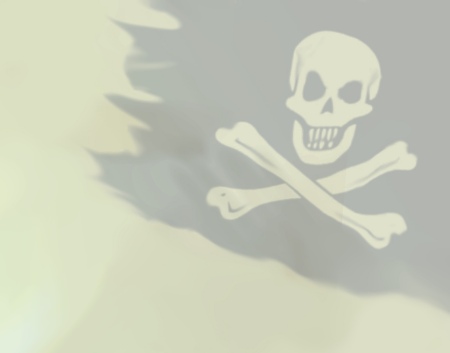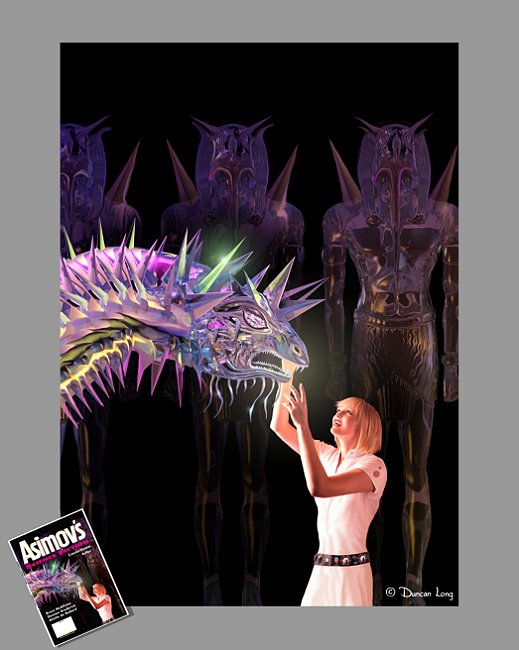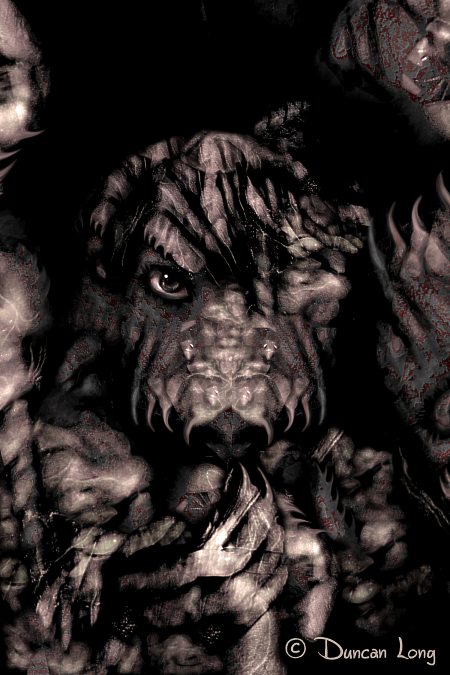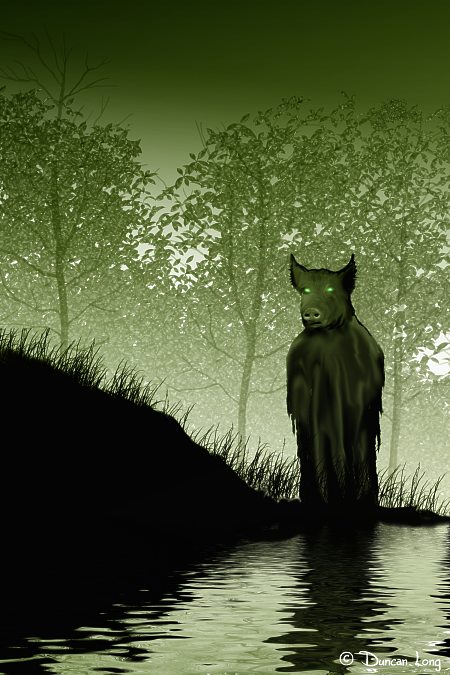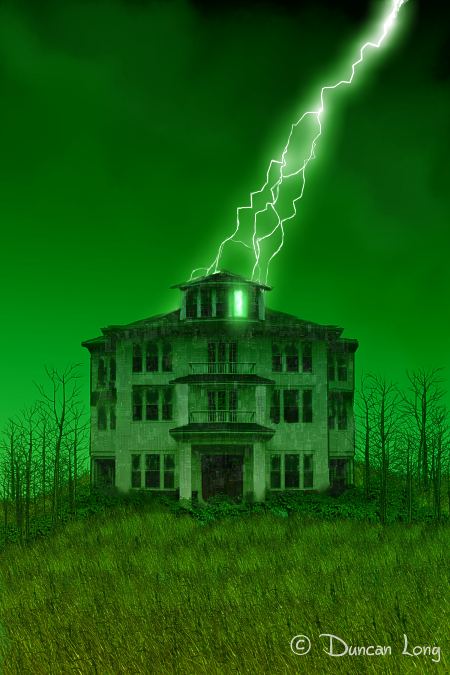Sailing Critics and Other Disasters
filed in Publishing Industry on Feb.13, 2012

The Critic #2 by Duncan Long
Reading my post from last Friday about literary snobs and snobbish critics, I became a bit worried that readers might think perhaps I was prejudiced toward such folks.
I am.
Of course I refuse to take personal responsibility (and hereby place full blame on society).
Perhaps some of my anger stems from to the review of my first novel published several decades ago. I suspect most writers can tell similar horror stories. My story is short and not so sweet: A local paper published a review penned by a critic who mistook my tongue-in-cheek style as being an attempt to create a serious science fiction novel. To be fair, on the surface, the book was marketed as science fiction and sold as such. Mostly because it was science fiction. But it wasn’t serious — just the opposite. Lots of illogical plot twists and outrageously overblown characters.
With the critics mistaken notion that it was supposed to be a serious book, the review went south from the first paragraph, with the reviewer contending that I couldn’t be taken seriously in my writing efforts. Each joke and preposterous plot twist I’d written to skewer the genre become another nail in my coffin. Using a whole half page of the newspaper and a nice large photo of the cover so no one could miss the title or who the author was, the hit piece meticulously assailed my efforts, assuring readers that the book wasn’t worth reading.
Sadly, those in the community who hadn’t (and now wouldn’t) read my book assumed the critic knew what he was writing about — after all, he was a highfalutin college professor and the article printed in the local paper. In those pre-Internet days, newspaper pretty much had the final say. For days people I met on the street shook heads and clucked tongues, telling me I must have feel bad that the review had been so brutally “honest.” Others diplomatically looked the other way when they spied me, as if I’d become a leprous Invisible Man.
So, with one misreading of my book and a hastily distorted review, a single egotistical critic had transformed my success into something — at least in the sight of my friends and neighbors — to be ashamed of.
I was crushed by the review as well as the ability of people to believe the worst about me.
And then I felt doubly betrayed when the local paper refused to print my reply (in hindsight, it was likely a good thing that the paper failed to publish my angry rebuttal — though the flame war between me and my critic likely would have been interesting. At least until a duel to the death brought it to a halt).
I guess I eventually got the last laugh as the reviewer went on to write… nothing in the way of his own books (those who can’t become arrogant critics, perhaps). As near as I can tell from recently Googling his name, he’s pretty much sunk into obscurity (hopefully without inflicting injury upon any other authors). And today the newspaper is struggling to stay in print.
Meanwhile — and I say this in all modesty (for any critics that have trouble with tongue-in-cheek) — I went on to eventually pen over a hundred books, many finding homes with major presses.
Perhaps I should thank that critic for his misunderstanding of my book and his ham-handed review. After all, his contention that I lacked talent as a writer possibly spurred me on to prove him wrong.
Behind every successful author is a surprised critic, perhaps?
But I’m still not forgiving.
I’m often bothered wondering how many newly published writers, after being bad-mouthed by some venomous viper of a critic, decide to go into another line of work. When this happens, it’s a loss of dreams for the beginning author, and a loss for society and literature, too.
Thus I remain an angry critic of arrogant critics who fire off their words without understanding, tearing down others in a futile effort to build themselves up, despite their obvious lack of talent.
Leading to that blog post last Friday.
And now another today, it seems.
But I promise I’ll quit picking on those critics who must ride unarmed into any battle of wits.
====================
When not discovering what distance a critic will sail when thrown from a tall building, Duncan Long enjoys creating digital paintings for magazine and book covers for authors and editors. You can sample his illustrations at Duncan Long’s Illustration Portfolio
=====================


